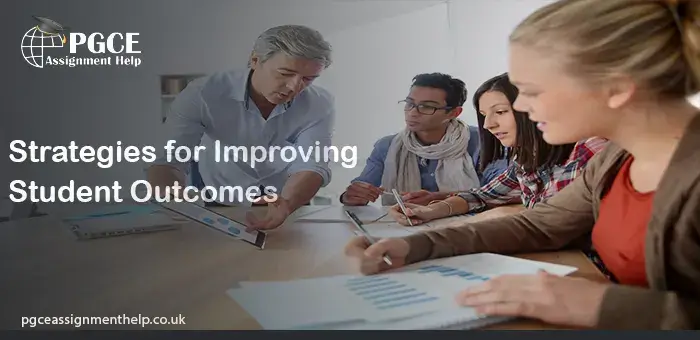Education is a complex issue, and hence the development of strategies aimed at enhancing the results achieved by students is also a rather complex process. Strategies pertain to numerous levels of practice and implementation such as in classroom instruction and management, students’ approaches and interventions, as well as in policies and structures of an organization.
Adopting Student-Centered Learning
Student-centered learning focuses on the student as the main receiver of education. This approach entails the identification of the students, their needs, their choices, and how they receive information. Strategies include:
Differentiated Instruction: Adapt the delivery of the content and the teaching aid tools to the learning abilities and characteristics of the students. This could entail the application of graphics tools, manipulatives, and technologies to break down information into small parts during the learning process.
Enhancing Teaching Quality
This means that the high quality of the teaching process is significant for the outcome of students’ activities. The ways educators teach must always be relevant, which is why professional development is important. Strategies include:
Continuous Professional Development: Organise monthly-twice-week professional development sessions, workshops, and seminars to update the teachers’ knowledge on current educational practices and tools.
Peer Observation and Feedback: Recommend teachers to observe their colleague’s teaching and proffer comments. This can result in the exchange of the best practices as well as the improvement of the process of teaching.
Leveraging Technology
Anything from multimedia to computers and the internet can positively impact the learning process as well as the results. Using technology in the classroom can help give the students a different and exciting way of learning. Strategies include:
Interactive Tools: Leverage applications such as educational applications, simulating software, and virtual labs in a bid to enhance the learning process.
Providing Comprehensive Support Services
Students rely on support services as they find their way through schooling systems. Availing resources to the students can go a very long way in the achievements made by those students. Strategies include:
Academic Support:
Offer m tutor services like help with PGCE assignments, writing centers, and study groups to students who could have difficulties with their academic tasks.
Counseling Services: Provide guidance regarding mental health and direction about the choice of an occupation path for the learners.
Ensuring students are comfortable at school
School climate can be defined as the sum of realized individual attitudes and environmental arrangements that are social and promote strengths and healthy well-being for the facts. This serves the purpose of increasing interest and achievement in school work. Strategies include:
Building Relationships: Foster student and teacher relationships where the students are inclined with the teachers.
Engaging Families and Communities
Moving from the family and community forward may be helpful to develop students’ results because of extra support. Strategies include:
Regular Communication: Inform families about their child’s progress and school activities including newsletters, parent-teacher meetings, and use of websites.
Community Partnerships: Engage various communities, stakeholders, and local companies both private and public to support and foster student learning in settings other than the classroom.
Data-Driven Decision Making
Data-based learning, in turn, is a process of teaching practices and school policies based on the gathered data. Hence students’ performance and behavior data held by the educators can reveal areas that require corrective action and interventions. Strategies include:
Assessment and Feedback: Employ formative and summative assessments to assess the performance of the students. Give feedback which will enable the students to know what is expected of them and their progress.
Personalized Learning Plans: Personalize the learning solutions generated from the education data analytics to meet specific students’ needs and monitor the latter’s evolution.
Fostering Growth Mindset
This paper will argue that it is possible to obtain better achievements when learners adopt a growth-oriented belief system. This mindset involves the notion that a person’s talents and skills can be enhanced for improvement and thus every person has the capability of improving on their performance without much struggle. Strategies include:
Goal Setting: Enabling students to have realistic goals as well as feasible targets. Teach them to look at things as positives not negatives; this means people should see that barriers are in fact advantages.
Extracurricular Activities
Co-curricular activities enable the students to gain other experiences different from the class lessons. Organizations and clubs, art, sports, and other school-related activities improve social, leadership, and psychological qualities. Strategies include:
Diverse Offerings: Provide sufficient participation or involvement in extracurricular activities so that several fields should be available so that everyone can join.
Conclusion
Student-centered learning, the improvements in the quality of the teaching profession, the use of information-communication technologies, supporting services for learners, the positive development of school climate, engaging families, communities, and organizations, using decisions based on collected data, students focused on growth and growth mindset and involvement of learners into co-curricular activities can help to develop an environment that can support and encourage students’ achievements. All these strategies, if well managed, are likely to result in enhanced levels of learners’ performance, psychological growth, and welfare.
